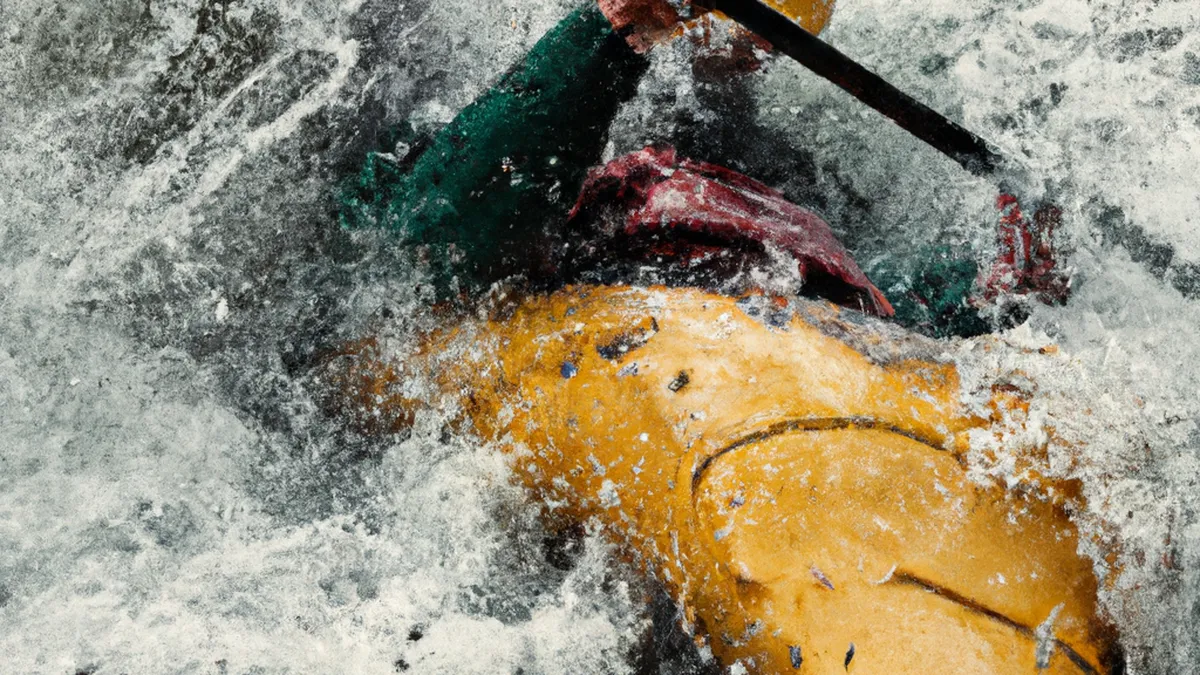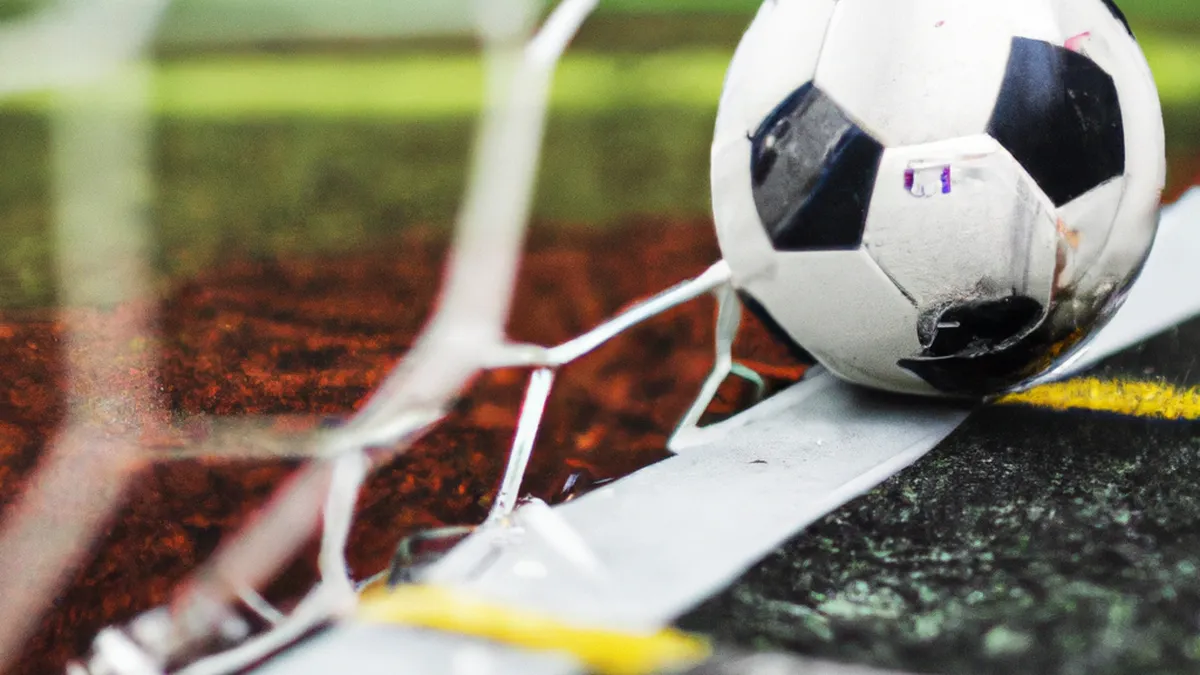The Ripple Effect of Kayaking on Ecosystems
Environmental Impact of KayakingKayaking offers an exciting way to explore waterways, enjoy nature, and exercise. From tranquil lakes to rushing rivers, gliding through water captivates many. However, kayakers must consider their environmental impact. This blog post discusses kayaking’s effects on the environment and offers tips to minimize your ecological footprint.
Understanding Kayaking’s Environmental Impact
Although kayaking remains a sustainable choice compared to motorized boating, it poses environmental risks. Paddlers must remain aware of their surroundings and ecosystems. Here are key areas where kayaking impacts the environment:
Disturbance to Wildlife
Kayaking often occurs in natural habitats that house diverse wildlife. Paddlers can disturb animals when approaching nesting sites or sensitive areas. For instance, waterfowl and shorebirds may abandon nests when kayakers get too close. Human presence can alter animal behaviors, affecting feeding and mating patterns. To reduce disturbances, maintain a safe distance from wildlife and avoid known nesting areas during breeding seasons.
Damage to Vegetation
Kayakers frequently navigate through wetlands, estuaries, and fragile ecosystems. Venturing off established paths risks damaging aquatic plants vital for water body health. These plants provide essential fish habitat, stabilize shorelines, and filter water pollutants. Disturbing or uprooting these plants can cause erosion and decline water quality. To minimize damage, stick to designated channels and avoid sensitive vegetation.
Water Pollution
Water pollution poses a significant concern for kayakers. Paddlers may inadvertently introduce pollutants like food wrappers, sunscreen, and waste into the water. Human waste can contaminate water sources without proper sanitation practices. To combat this, paddlers should adopt a “Leave No Trace” mentality. Take all trash with you and choose biodegradable sunscreens and eco-friendly gear.
Tips for Responsible Kayaking
As an Amazon Associate I earn from qualifying purchases.
Gear tip: consider training pinnies, compression sleeves, and compression socks to support this topic.
Kayakers can adopt responsible practices to ensure a positive environmental impact. Here are several tips to help you enjoy the sport while protecting nature:
Stick to Designated Paths
Whenever possible, stick to established kayak paths and channels. These routes minimize damage to sensitive areas and reduce wildlife disturbance. If paddling in a national park or wildlife refuge, check local regulations about where you can paddle. By following these guidelines, you help preserve the natural habitat.
Conclusion
In summary, kayaking can affect the environment in various ways. By following responsible practices, you can enjoy this sport and protect nature.
Below are related products based on this post:
FAQ
What are the environmental impacts of kayaking?
Kayaking can disturb wildlife, damage vegetation, and contribute to water pollution. Paddlers must be mindful of their surroundings to minimize these effects on ecosystems. Approaching nesting sites can lead to abandonment by animals, while venturing off paths can harm vital aquatic plants.
How can kayakers reduce their impact on wildlife?
To reduce wildlife disturbances, kayakers should maintain a safe distance from animals and avoid nesting areas during breeding seasons. Being aware of the local wildlife and adhering to guidelines can help protect natural habitats and the behaviors of the species living there.
What practices can help minimize water pollution while kayaking?
To combat water pollution, kayakers should adopt a “Leave No Trace” mentality by taking all trash with them and using biodegradable products. Choosing eco-friendly gear and being mindful of waste disposal can significantly reduce the introduction of pollutants into the water.















Post Comment